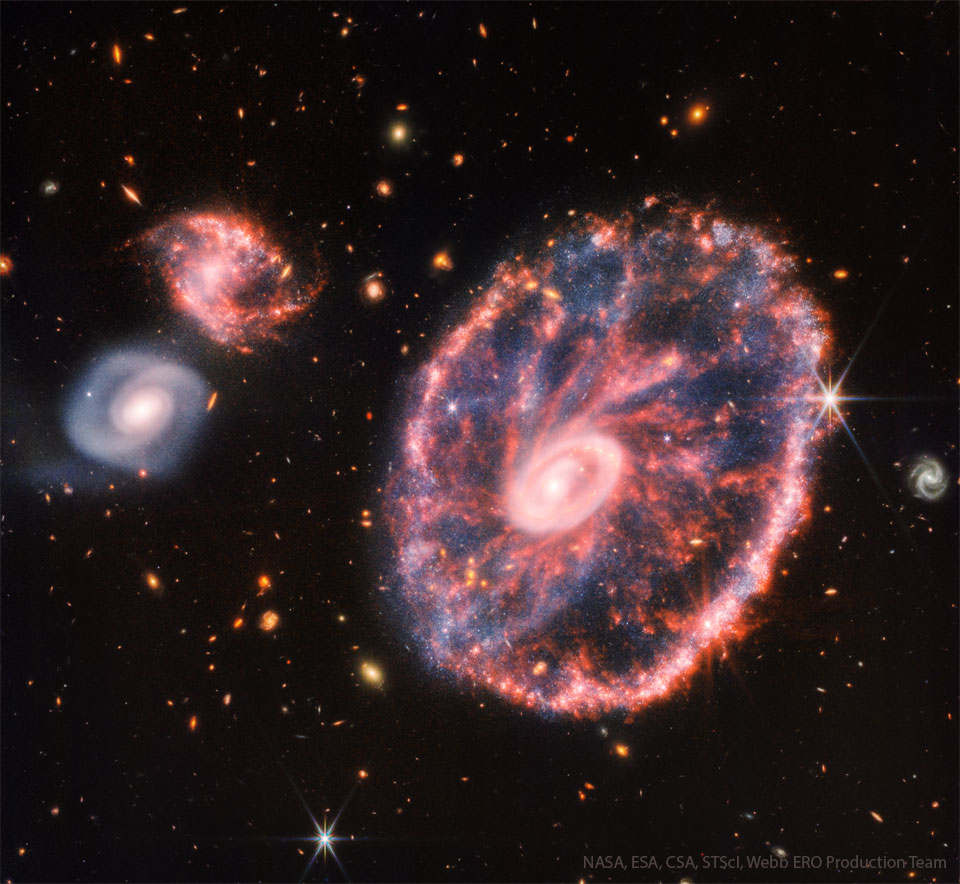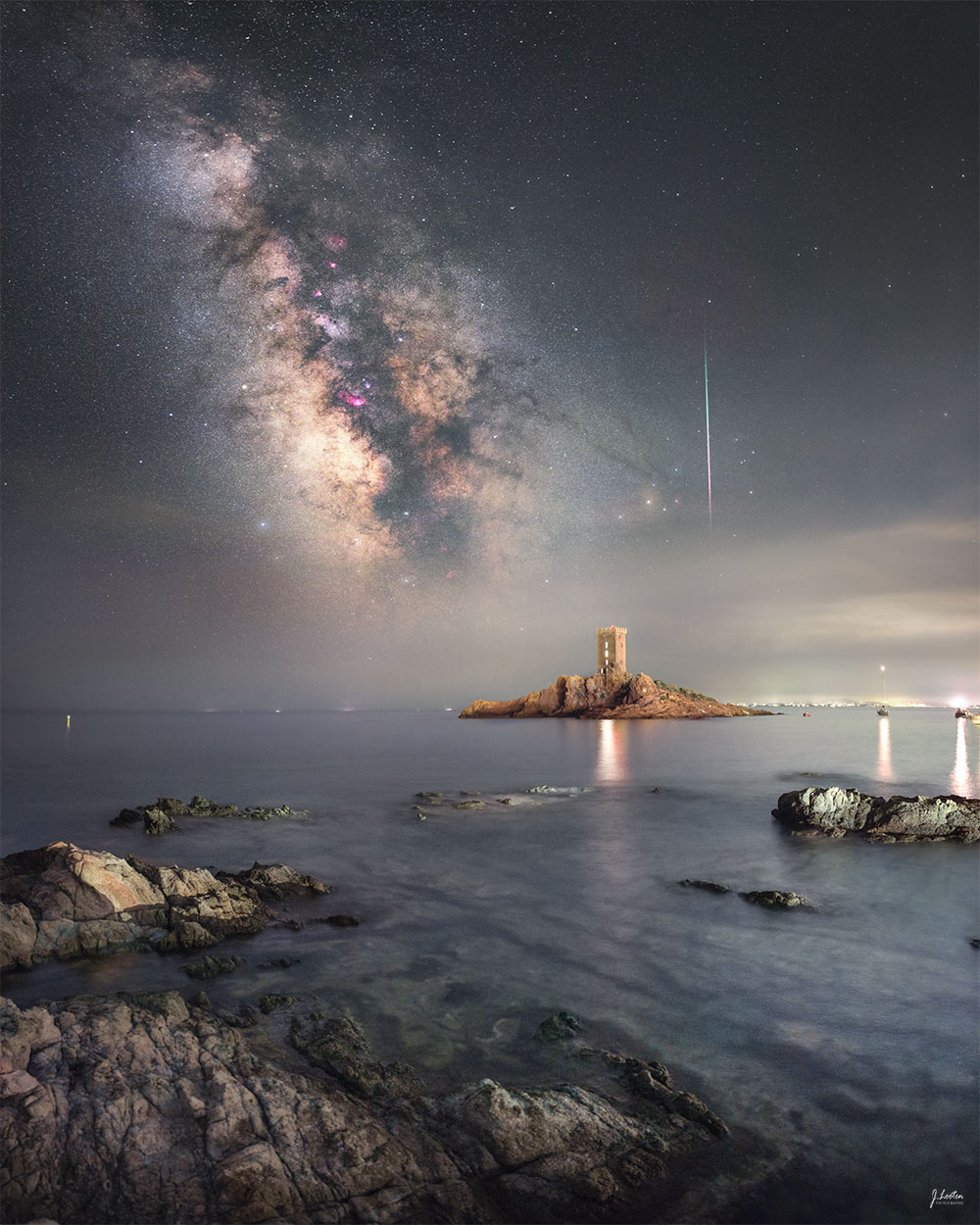
Milky Way Time Lapse



NASA and Rice University in Houston will host multiple events in September to celebrate the 60th anniversary of John F. Kennedy’s historic speech at Rice Stadium, rallying the nation to land astronauts on the Moon before the end of the decade and bring the crew safely back to Earth.
from NASA https://ift.tt/gHX0sD2
via IFTTT
NASA has selected three companies to further advance work on deployable solar array systems that will help power the agency’s human and robotic exploration of the Moon under Artemis.
from NASA https://ift.tt/MT4PKAx
via IFTTT
La misión Prueba de redireccionamiento del asteroide doble (DART, por sus siglas en inglés) de la NASA, la primera en el mundo que pone a prueba una tecnología para defender a la Tierra de posibles peligros de asteroides o cometas, impactará con su objetivo, un asteroide que no supone ninguna amenaza para la Tierra, a las 7:14 pm EDT del lunes 26 d
from NASA https://ift.tt/DmtKyix
via IFTTT
NASA’s Double Asteroid Redirection Test (DART), the world’s first mission to test technology for defending Earth against potential asteroid or comet hazards, will impact its target asteroid—which poses no threat to Earth—at 7:14 p.m. EDT on Monday, Sept. 26.
from NASA https://ift.tt/gTZ0MwH
via IFTTT



